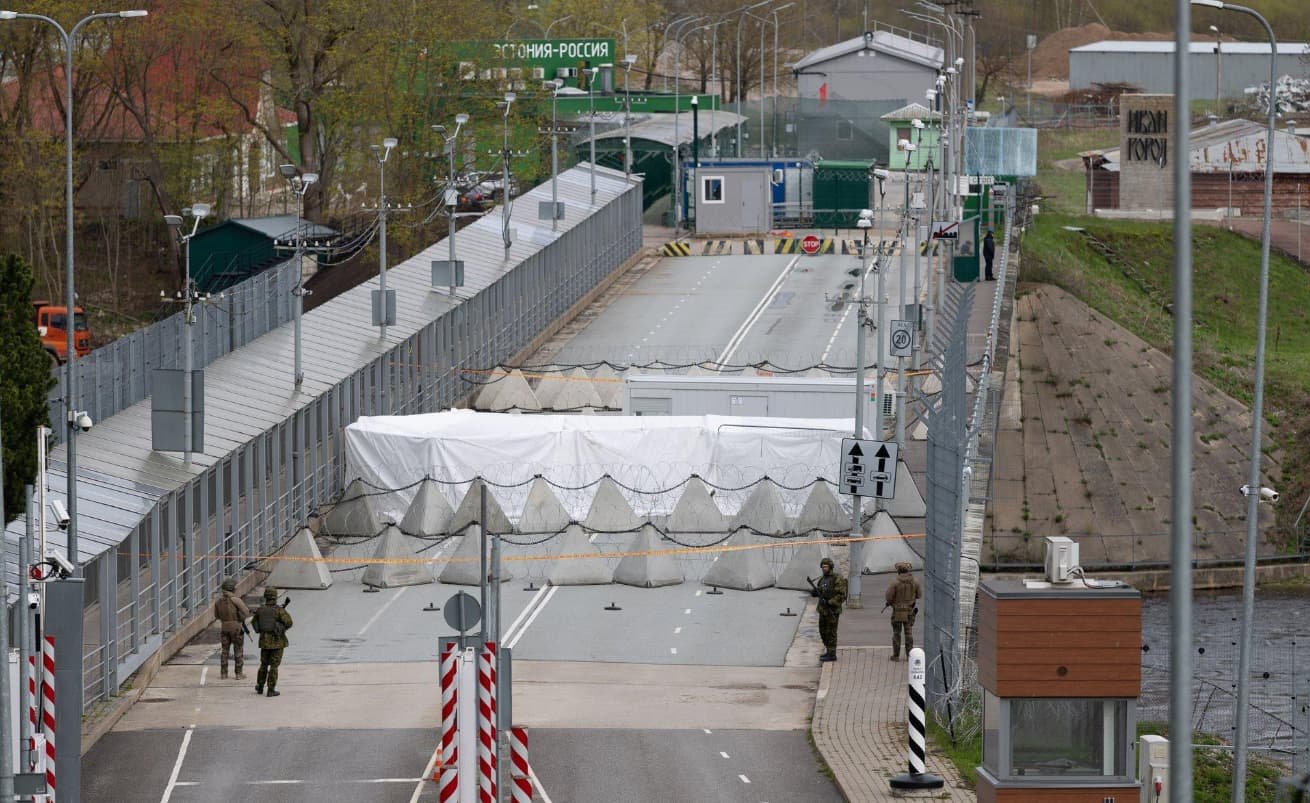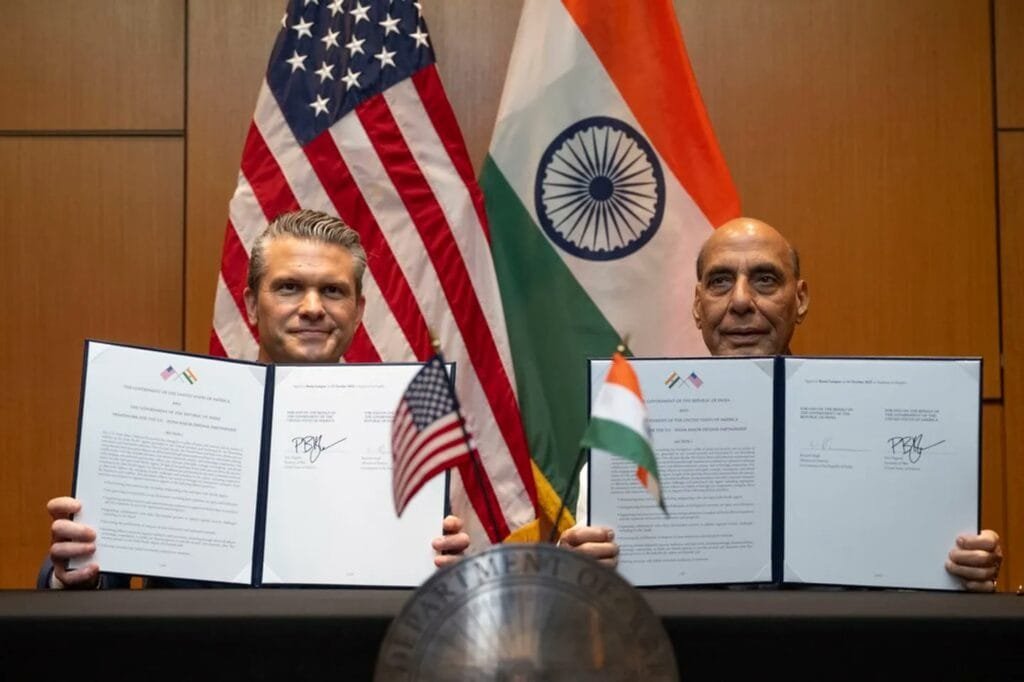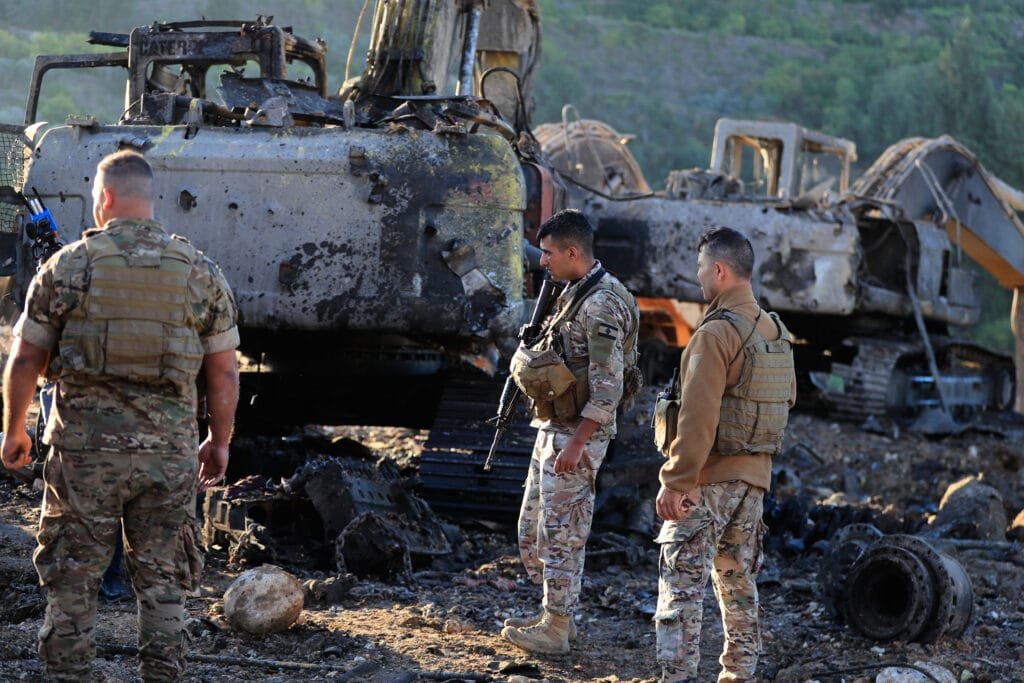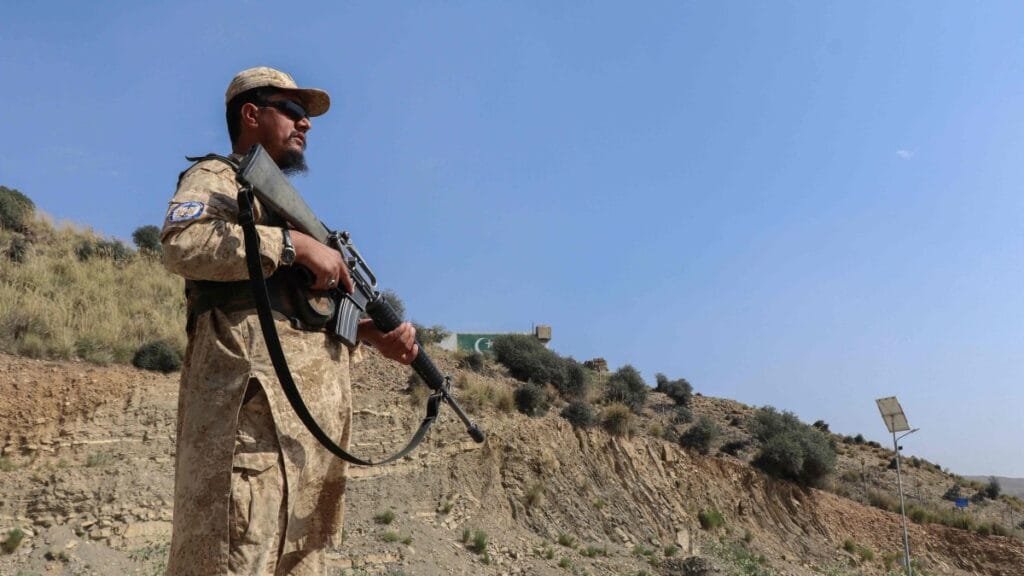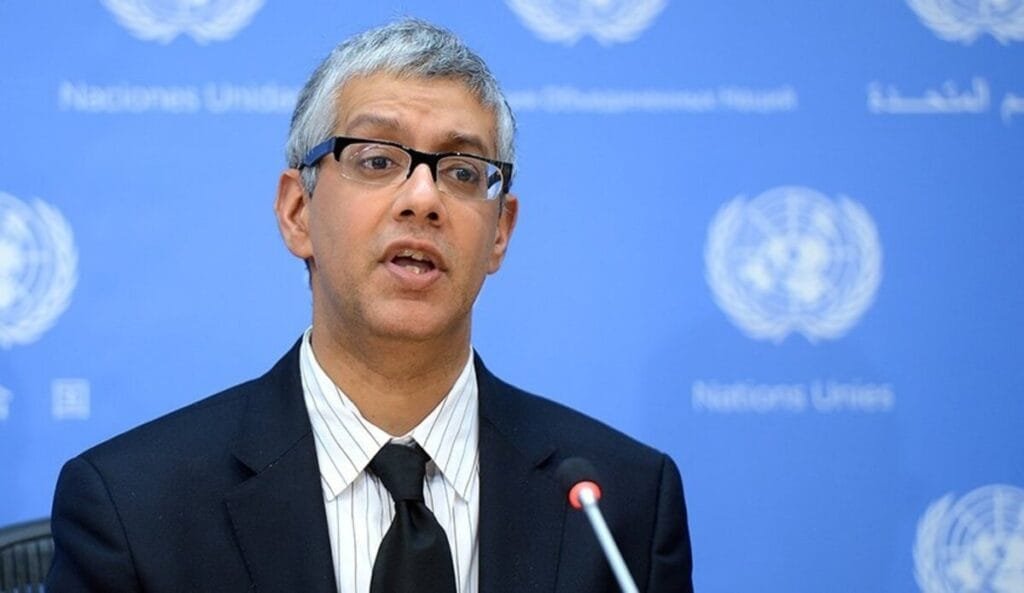Estonia has commenced installation of steel gate‑barriers across the pedestrian lanes of the Narva–Ivangorod bridge, the only remaining border crossing with Russia, as part of new efforts by the Estonian Police and Border Guard Board (PPA) to rapidly restrict access if needed. Narva checkpoint chief Antti Eensalu confirmed that the gates are already in place and will be able to close off one or both pedestrian streams within seconds, a capability not previously possible. Work will extend over the coming weeks; officials expect to finish by September 2025, just ahead of planned reconstruction of the Michigan‑style crossover station on the Russian side.
The gate deployment comes amid concern across Tallinn that Moscow may again resort to “hybrid” migration tactics by funneling asylum‑seekers to the eastern frontier through Id-Viru County. A growing body of evidence including a 2023 passage by 19 Somali and Syrian citizens that prompted placement of concrete blocks on the bridge, has underlined Estonia’s recognition of non‑military threats. The new gates are intended to offer instant, physical lockdown capability in such scenarios, relieving reliance on personnel and ad‑hoc measures. Frontex deputy director Uku Särekanno described the Narva checkpoint as a symbol of “European border gate” ambition, highlighting that Estonian forces stationed there will increasingly train as part of a permanent, regionally based command.
Though private bus and vehicle crossings from Russia remain suspended until at least 2026 because of ongoing construction on the Russian side, the footbridge has seen pedestrian traffic surge often congesting entire streets of Narva. Estonian officials insist the gates are not intended to turn the midday line into a locked turnstile; rather, they aim to reinforce an existing system under severe pressure from geopolitical uncertainty. This physical upgrade is one phase in a broader €156 million border modernisation plan that includes 4‑metre fences, surveillance cameras, and a “drone‑wall” rollout by 2027, underscoring Estonia’s dual emphasis on deterrence and rapid scalability.

